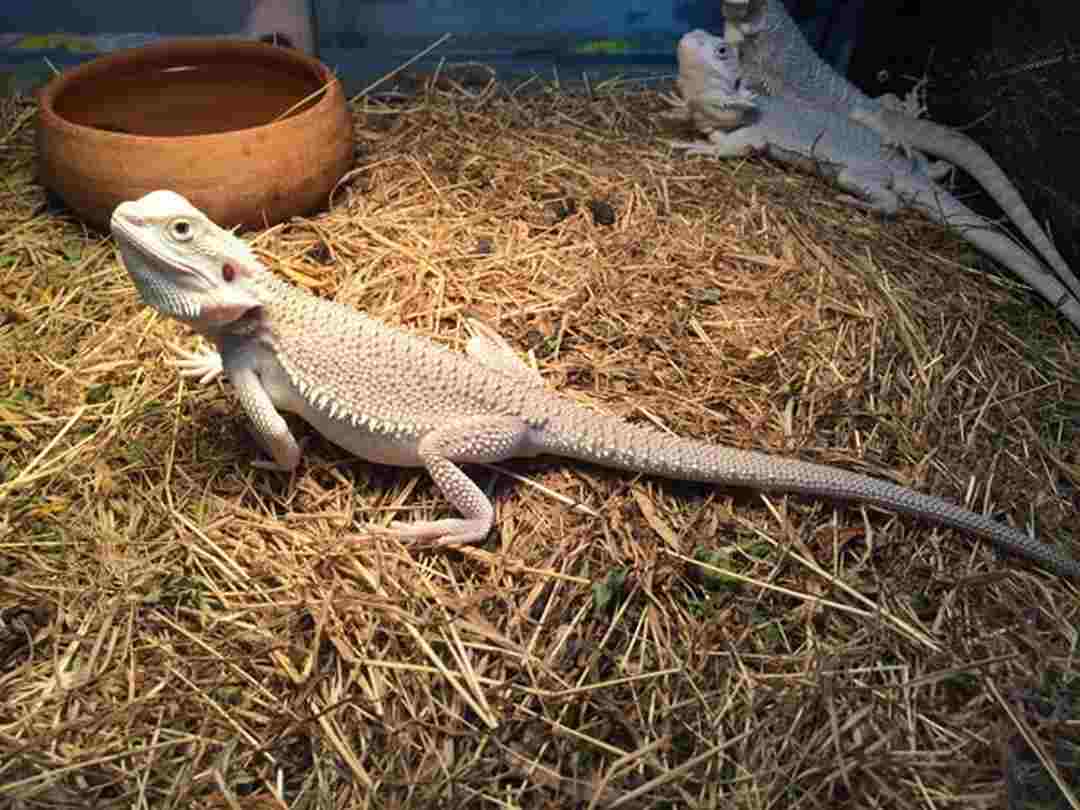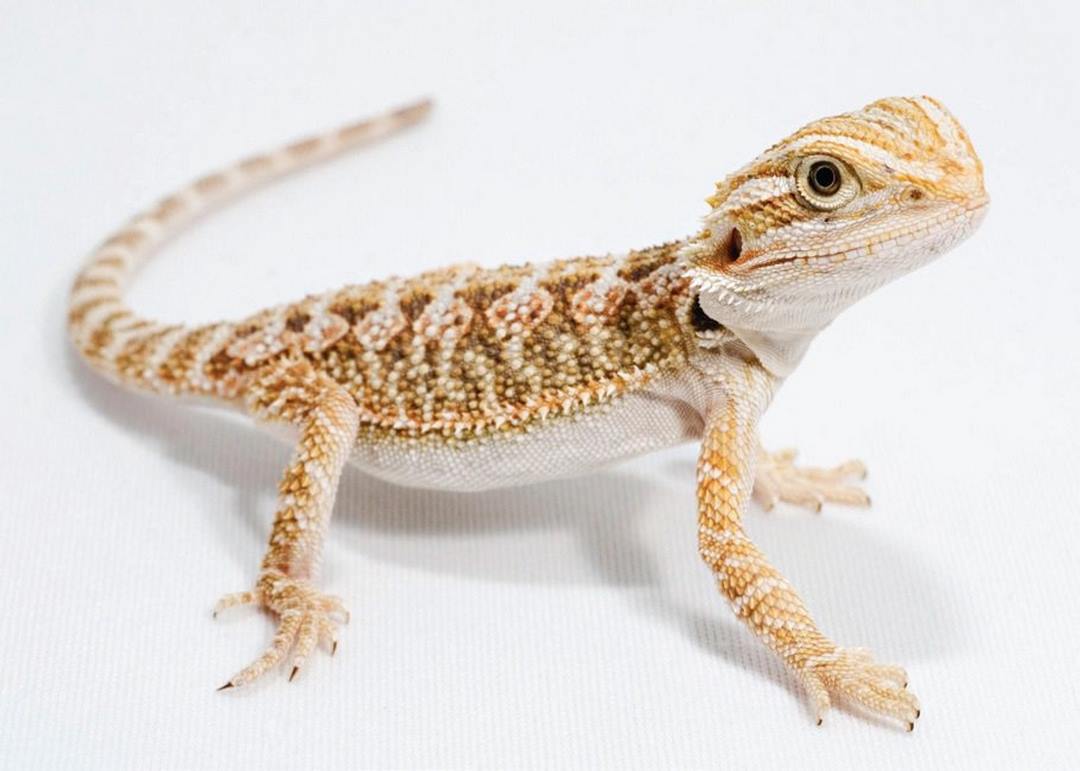The Bearded Dragon, known scientifically as Pogona, is similar in temperament to the Iguana. They are calm, docile, and easygoing, making them ideal pets for people of all ages. With their laid-back personality, Bearded Dragons have gained popularity among young pet owners. Additionally, these Australian reptiles are known for being hardy, low-maintenance, and long-living, which makes them a great choice for those looking for a durable and easy-to-care-for pet.
1. Basic Information about the Bearded Dragon (Pogona)
Origin: As the name suggests, Bearded Dragons originate from Australia, particularly in dry areas like deserts, grasslands, and scrublands, where there are bushes and rocky outcrops.
The Bearded Dragon has a triangular-shaped head, and its body is slightly flattened with spiny scales around the head and body. While these spikes may look intimidating, they are soft and completely harmless to humans.
Baby Bearded Dragons are typically around 12 cm in length, but adult dragons can grow to a maximum size of 50-55 cm. It usually takes around three years for them to reach this full size.
With proper care, a Bearded Dragon can live up to 20 years. They shed their skin every 2-3 weeks as babies, while adult dragons shed less frequently, about every 3-4 months.
2. Habitat and Living Space
Bearded Dragons require a spacious and well-ventilated environment that maintains warmth. A suitable habitat for one dragon should measure at least 90 cm x 50 cm x 45 cm. Ideal temperatures range from 32°C to 38°C. Although temperatures in many regions are similar to this, during cold months, when temperatures drop below 28°C, a UVB lamp should be used to provide heat. The UVB light should be on for 12-14 hours daily, and the bulbs need to be replaced every six months, as old bulbs become less effective at emitting UVB rays, which are crucial for your dragon’s health.
Male Bearded Dragons are territorial, so it’s best to house one dragon per enclosure. You can introduce a female during mating season but should separate them afterward.
The habitat should mimic their natural environment, with desert-like features such as plants, rocks, and water areas. If a full ecological setup isn’t possible, the enclosure should at least include hiding spots, sand, and rocks. The space must also be well-ventilated, as lack of airflow can lead to suffocation.
Use desert sand or paper as bedding, and avoid large pebbles or plastic, as the dragon may ingest them, leading to intestinal blockages.
3. Diet and Nutrition
Bearded Dragons are omnivores, meaning they eat both plants and animals. Baby dragons should be fed small insects like mealworms, gradually transitioning to larger insects like crickets or grasshoppers as they grow. For baby dragons (2-4 months old), their diet should consist of 80% insects and 20% vegetables. Adult dragons, on the other hand, require a diet of about 60-65% plant matter and 30-45% protein from insects.
Vegetables like collard greens, dandelion leaves and flowers, mustard greens, and turnip greens are excellent for their diet. You can also give them a variety of fruits and vegetables such as sweet potatoes, spinach, apples, oranges, and oats. For protein, try feeding them crickets, mealworms, waxworms, silkworms, pinkie mice, or Madagascar roaches. However, avoid feeding them fireflies, as they are toxic to Bearded Dragons. Pregnant dragons may benefit from additional nutrients like silkworms or silkworm pupae.
It’s also essential to supplement their diet with vitamin D and calcium powder to support their growth and development.
To get a healthy and vibrant Bearded Dragon or for detailed advice on how to care for them, visit reviewbdsaz.com and bring home a Bearded Dragon today!





